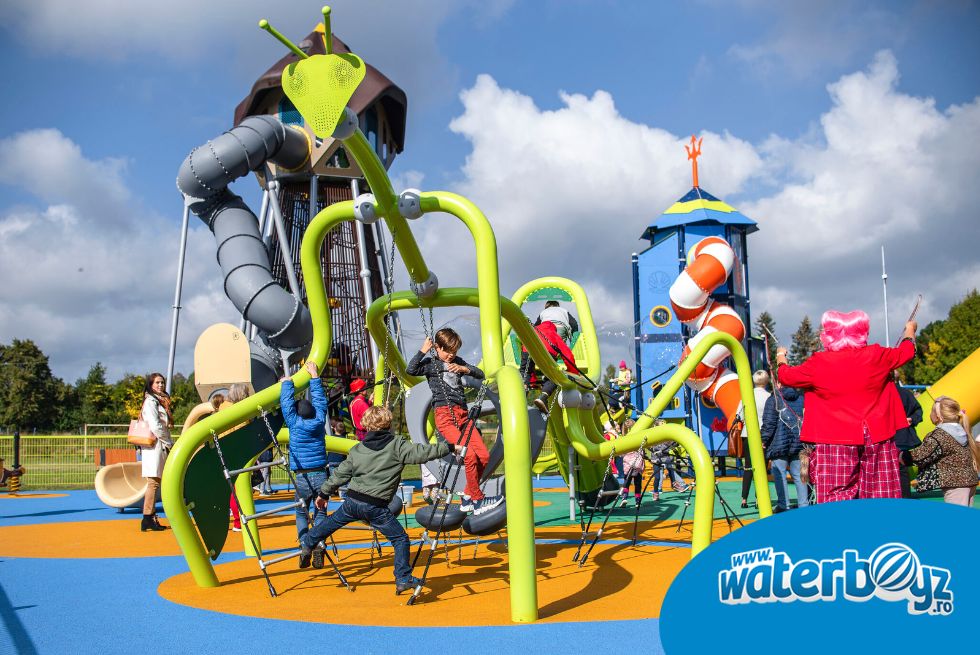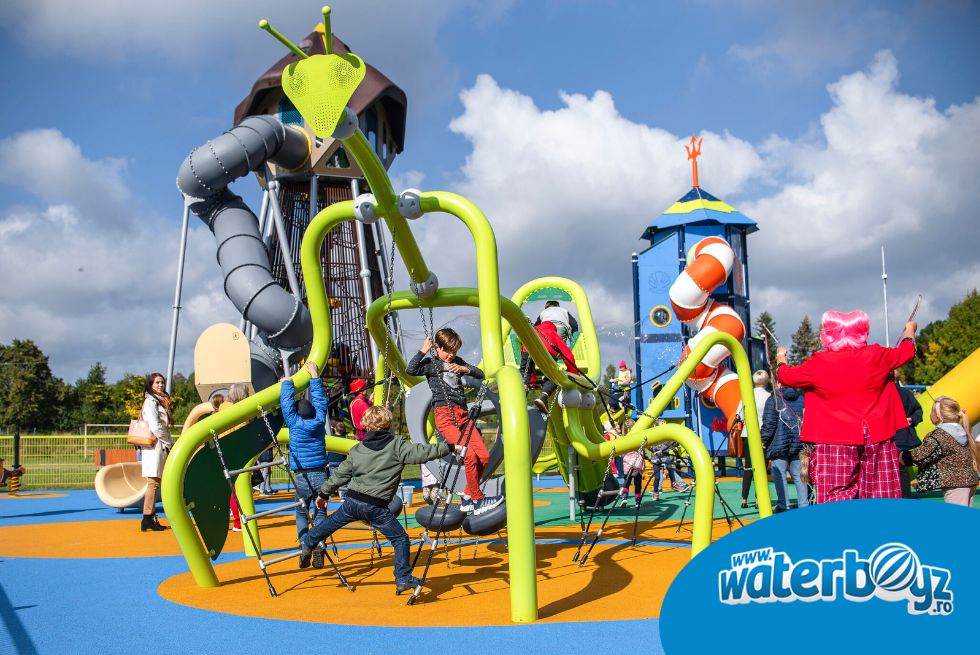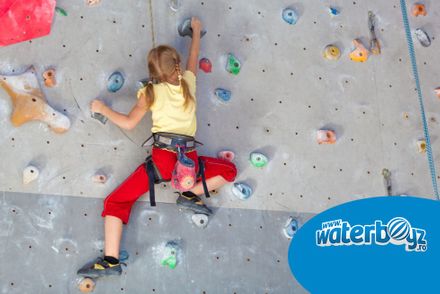In a world where children spend more and more time in front of screens, sport climbing proves to be an excellent alternative to help them develop physically, emotionally, and socially. In this article, you will discover the multiple benefits of sport climbing for children, how to convince young ones to engage in it, and the role of climbing systems in accelerating the learning of the basics of this interactive sport.
Benefits of Sport Climbing for Children's Development
Considering taking your little one climbing? You're making a truly inspired choice, as climbing offers a host of benefits for any child:
First and foremost, this activity serves as a physical workout that impacts the entire body, engaging all its parts: legs, arms, back, shoulders, abdomen, and glutes. By starting climbing from an early age, children can rapidly develop their muscles and enjoy increased endurance.
The impact of sport climbing on children's emotional and social development can be observed in several aspects. One of the most significant is heightened self-confidence. Through climbing, children learn to overcome their fears and face challenges, contributing to the development of emotional resilience. Experiencing both failure and success during climbing helps them understand the importance of perseverance and adapting to challenging situations.
Another critical aspect is the development of social and communication skills. Children engaged in sport climbing interact with fellow participants, instructors, and parents during training and competitions. These interactions foster communication skills, teamwork, and provide an ideal framework for conflict resolution in a simplified manner. Additionally, children learn to offer support and encouragement, contributing to the formation of healthy relationships and lasting friendships.
Effective anxiety management is also a significant benefit of sport climbing. This sport encourages children to channel their attention into the present moment, helping them utilize their energy in a constructive activity, effectively releasing tension through physical and mental effort.
During a climbing session, a child learns to take responsibility for their actions and adhere to safety rules imposed by the instructor. Furthermore, they cultivate a work ethic and a high level of self-discipline, essential attributes for progress in this sport.
Introducing Children to the World of Sport Climbing
One of the most critical aspects of introducing young ones to the world of sport climbing is selecting a climbing form suitable for their age and experience level. For instance, climbing short and simple routes is an excellent option for beginners, as it doesn't involve a significant height difference. This approach allows children to familiarize themselves with basic movements and build confidence in their abilities.
Learning basic techniques in sport climbing is essential for children's safety and success in the sport. They should learn to use safety equipment correctly, reach hand and footholds as they should, and become acquainted with various climbing-specific movements and positions. Examples include climbing on edges, corners, and fissures.
For the development of climbing skills, organizing training sessions that incorporate strength and flexibility exercises, as well as games and challenges, can be beneficial. These activities can motivate children to improve their technique while having fun simultaneously.
Moreover, play can be integrated into the training program, being a suitable learning tool for this age segment. Here are some recommended exercises and games:
- Climbing against the clock, setting a time limit to complete the route.
- Climbing without following a route composed of elements of the same color, encouraging adaptability and creativity in choosing the path.
The Importance of Climbing Units in Learning This Sport


Climbing on these systems is quite similar to rock climbing. Therefore, inexperienced children can learn the specific arm and leg movements at much lower heights before tackling obstacles on a wall for the first time. Moreover, for a very young child, the climbing environment can be overwhelming and might discourage them from trying this activity.
Waterboyz climbing units have friendly shapes and dimensions that allow smooth traversal of routes using arm and leg effort. Just like in climbing, using these systems offers numerous benefits for children's physical and mental development. Climbing helps increase muscle strength and stimulates eye-arm coordination. It also enhances attention to detail, the little one's ability to concentrate, and the capability to make optimal decisions in a short amount of time.
Explore the range of metal climbing units and find the most suitable models for the little ones. The products in this subcategory are ergonomic and can be mounted very quickly, making them an ideal solution for learning the first steps of climbing in a park.
Before placing your online order, also check out the latest models added to the wooden climbing systems range. Each product here comes with new challenges, allowing play and fun to blend with learning this dynamic sport.
Parental support is essential
Supporting children's passion for sport climbing can have numerous benefits for their physical, emotional, and social development. To contribute to this development, you can follow some practical tips:
- Encourage your child's interests and passions. This way, you can help your child explore sport climbing. Enrolling them in classes or joining a climbing group allows children to develop their skills and gain self-confidence.
- Participate actively and get involved in your child's activity. Be present whenever possible at training sessions or competitions, showing your interest in your child's passion. Learning basics like necessary equipment and safety measures helps strengthen your relationship with your child through this activity.
- Order Waterboyz climbing units online. This can be a crucial first step in learning the basics of climbing. The equipment available on our website is crafted to the highest quality and safety standards, allowing every child to climb freely whenever they wish.
Do you want to find out which climbing units are most suitable for your child's age and interests? We provide you with the most useful tips and product recommendations to make an informed decision. So, don't hesitate to ask for our assistance!




































































































































